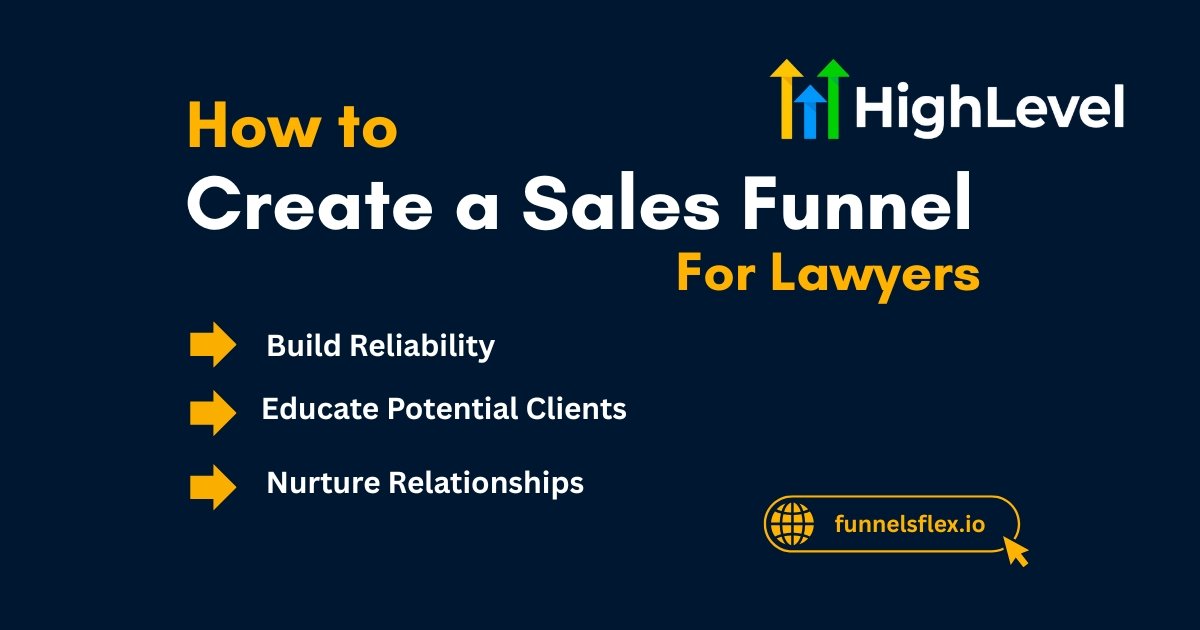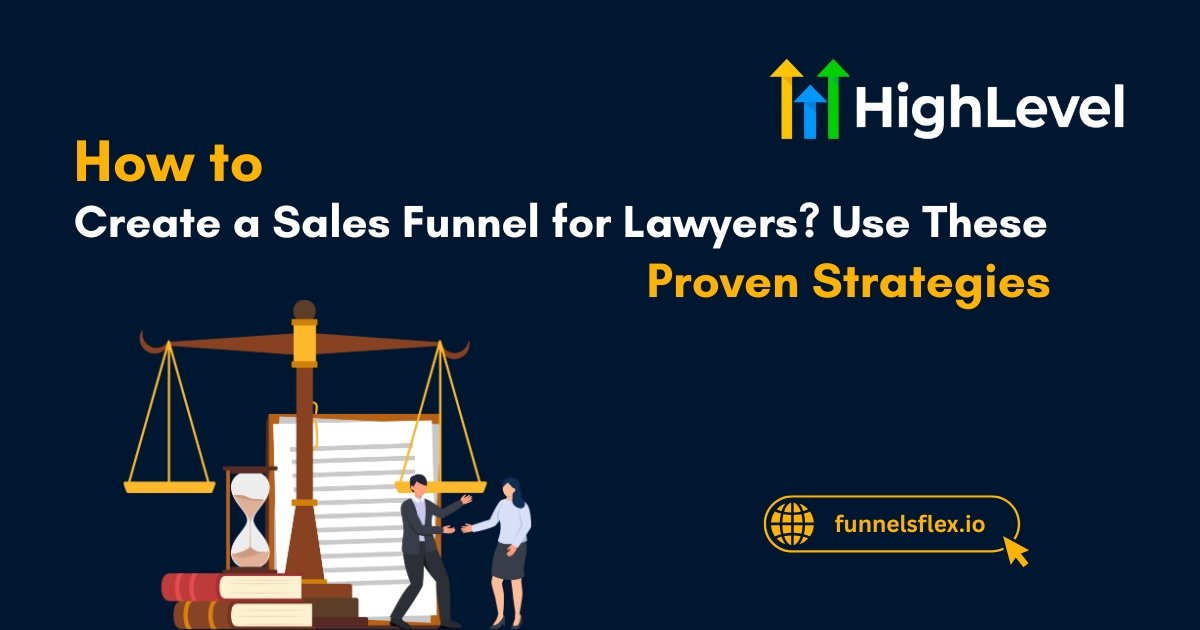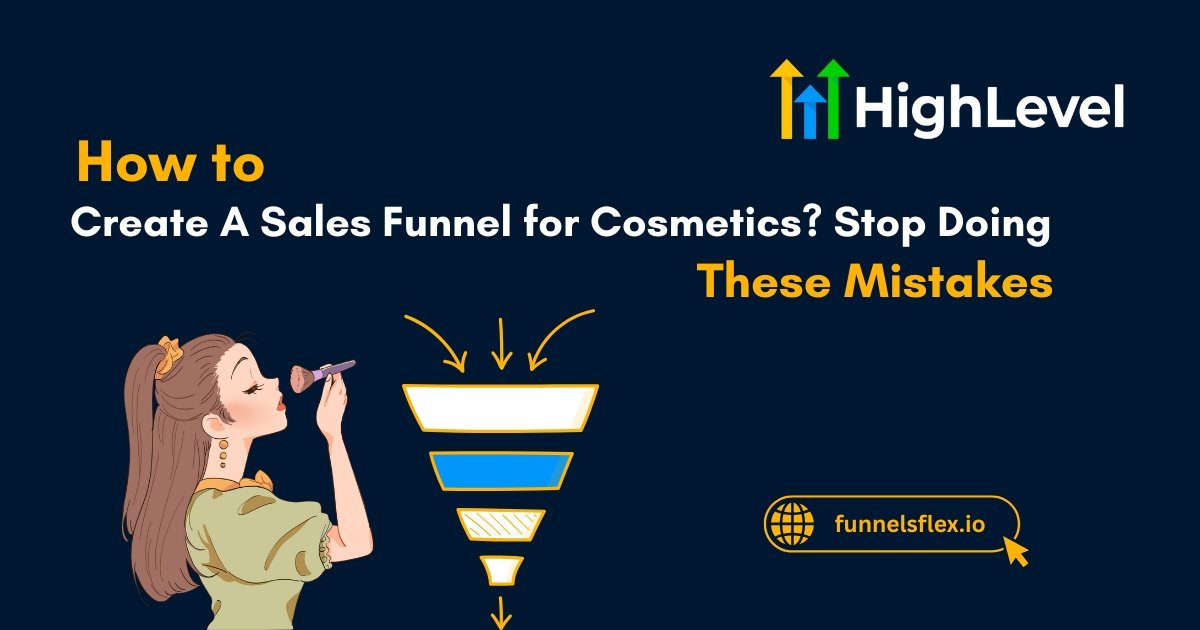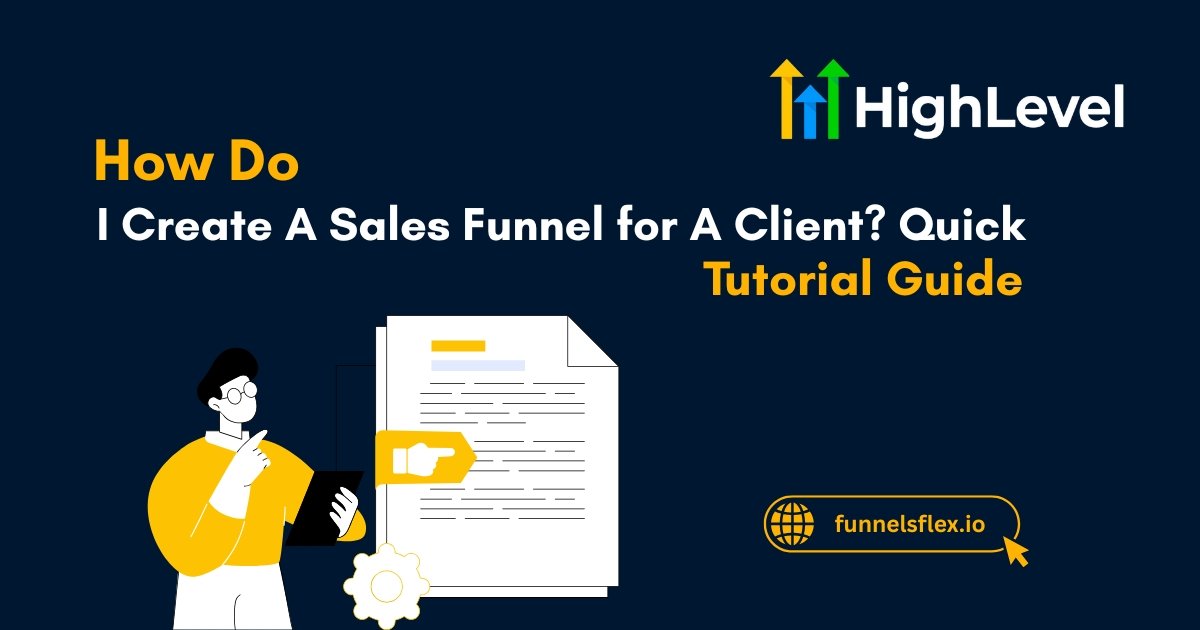How to Create a Sales Funnel for Lawyers? Use These Proven Strategies
Legal services are not impulse buys. People do not wake up and suddenly decide to hire a lawyer. They search. They compare. They second-guess. What does that mean for law firms like yours?
It means if you do not guide their journey, they will leave and find someone who does. A sales funnel speak for your expertise before you ever get on a call. It warms up cold leads and transforms vague curiosity into retained clients.
So if you are serious about growing your client base, improving conversion rates, and building long-term relationships, keep reading.
Key Takeaways
Clients lose interest in less than 8 seconds online. That is the time you have to build trust. Get a pre-designed legal funnel template that helps you hold attention and drive action at every step.
Why Lawyers Need a Sales Funnel
Legal services are complex. They often involve emotions, high stakes, and financial commitments. People want clarity before they commit. Without a funnel, your potential clients may remain stuck in the research stage forever.
A sales funnel breaks down barriers. It educates without overwhelming. It invites without pushing. And most importantly, it gives people a reason to trust you.
This is not just about marketing. It is about establishing authority and showing empathy before a prospect even books a call.
A funnel puts your expertise in front of the right people at the right time.
It answers questions before they are asked. It eases concerns before they become objections. It is your silent pitch that works even when you are in court or asleep.
Pro Tip
Use topic clusters to rank higher on search engines. Write one long pillar article on “child custody laws” and several shorter linked posts answering sub-questions. This boosts your visibility and authority.
How to Create a Sales Funnel for Lawyers
Creating a funnel for your legal practice is not about gimmicks. It is about building a reliable system that educates, nurtures, and converts.

Know Your Ideal Client in Detail
Start by identifying who you want to reach. Is it a startup founder needing contracts? A parent fighting for custody? Someone facing criminal charges? Each has different fears, priorities, and search behaviors.
Also optimize for demographics, income levels, preferred communication styles, and pain points. What are they Googling at 2 AM? What do they dread about hiring a lawyer? The more specific you get, the more powerfully you can connect.
This understanding is the root of your funnel. Everything else builds on it.
Read this: How to Create A Sales Funnel for Cosmetics? Stop Doing These Mistakes
Build Awareness with Valuable, Searchable Content
At the top of the funnel, your goal is visibility. You need to be discoverable and helpful. Create blog posts that answer legal questions. Record short videos breaking down confusing laws.
Do not sell here. Serve. Help people understand their rights. Use real examples. When people get clarity from your content, they begin to trust you. Trust is the fuel that moves them deeper into the funnel.
Capture Leads with Clear Offers
You need a way to turn curious readers into contacts. Add lead magnets to your content. Offer a free legal checklist. A downloadable guide. A webinar replay. Something that solves a real problem.
In exchange, ask for a name and email. That is all. Keep it simple. The goal is to start a conversation, not collect data.
Your landing page must be clean, benefit-driven, and mobile-friendly. Remove distractions. Highlight results. Show credibility with reviews or case studies. Finish with a strong call-to-action.
Nurture with Relevant, Respectful Emails
Once someone enters your funnel, do not vanish. Send a short email sequence. Start with a thank-you message. Follow up with an introduction to your practice. Then offer legal tips related to their concern.
Do not bombard or hard sell. Focus on trust-building. Use case studies, client stories, or even a simple “what to expect” guide. Add links to your blog or FAQs.
By the fourth or fifth email, invite them to book a free consultation or legal audit. This is where interest becomes action.
Every missed follow-up is a client lost to a competitor. Stop losing leads. Start guiding them with a funnel that does the talking for you. Explore done-for-you legal funnel templates here and turn their hesitation into loyalty.
Convert with Personalization and Proof
By this stage, they are considering you seriously. Give them clarity and confidence. Share reviews. Show a timeline of what working with you looks like. Break down fees clearly. Address common fears.
Use videos or client testimonials. Offer a short discovery call. When they are ready, make it easy to book. No logins. No back-and-forth. Simplicity converts.
Pro Tip
Offer limited-time consultations or quick audit calls. Create urgency without pressure. Scarcity and clarity help people decide.
Retain with Follow-ups and Referrals
After conversion, your funnel does not end. Send follow-up messages thanking them. Share progress updates if applicable. Ask for feedback and reviews.
Encourage referrals with small gestures. Maybe a thank-you card or a discount on a future legal service. Stay top of mind by sharing newsletters or legal updates.
A loyal client becomes your best advertiser. Your funnel should support that loyalty long after the contract is signed.
Read this: How to Create a Sales Funnel for an Investment? 90% Burn Their Opportunities
Best Practices to Follow When Creating a Legal Funnel
Sales funnels for lawyers must blend professionalism with empathy. People are often afraid or uncertain when they contact legal professionals. A well-structured funnel should guide them with clarity and care. These best practices keep your funnel relevant and ethical.
Speak Like a Human, Not a Law Book
Avoid jargon. Keep your writing conversational yet professional. Legal talk creates distance. People want answers, not vocabulary lessons.
Write like you are explaining the law to your cousin over coffee. Clarity gives you edge over your competitors.
Focus on Benefits, Not Just Services
Do not just say what you do. Say what the result looks like. Instead of “divorce representation,” say “a clear plan to move forward peacefully.”
Keep Forms Short and Pages Fast
Your funnel must respect your audience’s time and emotional bandwidth. Test every step. Improve based on real behavior.
Use Testimonials and Case Results Early
Social proof builds trust. Include it near opt-in forms and CTAs. Use real photos or names if possible. Potential clients trust other clients more than they trust polished marketing.
Always Optimize for Mobile
Most visitors find you on their phone. Your funnel must load quickly and look clean on smaller screens. Prioritize buttons, images, and readability. Do not lose a lead to poor formatting.
Use Retargeting Ads to Bring Back Lost Leads
Many people visit your website and leave without taking action. That is normal. But you do not have to accept the loss. Retargeting ads allow you to bring those visitors back.
Using Facebook or Google ads, you can show targeted messages to people who visited specific pages but did not contact you. Maybe they read your post on DUI laws but did not book a consultation. Serve them an ad reminding them what is at stake.
Track Analytics to Refine Your Legal Funnel
Do not guess. Leverage the power of tracking. Use tools like Google Analytics or Hotjar to see where people are dropping off.
Are they bouncing from your landing page? Are they opening emails but not clicking? Are people reaching your form but not submitting?
This data shows you what to tweak. Try new headlines. Test button colors. Move testimonials higher. Funnel optimization is a never-ending process, but even small changes can yield big results.
Final Thoughts
Potential clients are not ignoring you. They are waiting for clarity. Waiting for proof. Waiting for someone who understands what they are going through and shows them the next step.
If your funnel is not converting, it is time to fix that. Get professionally tested funnel templates designed for legal services. Make every click count. Move from overlooked to top of mind.
Your next client is one click away. Make sure they land in the right place.








